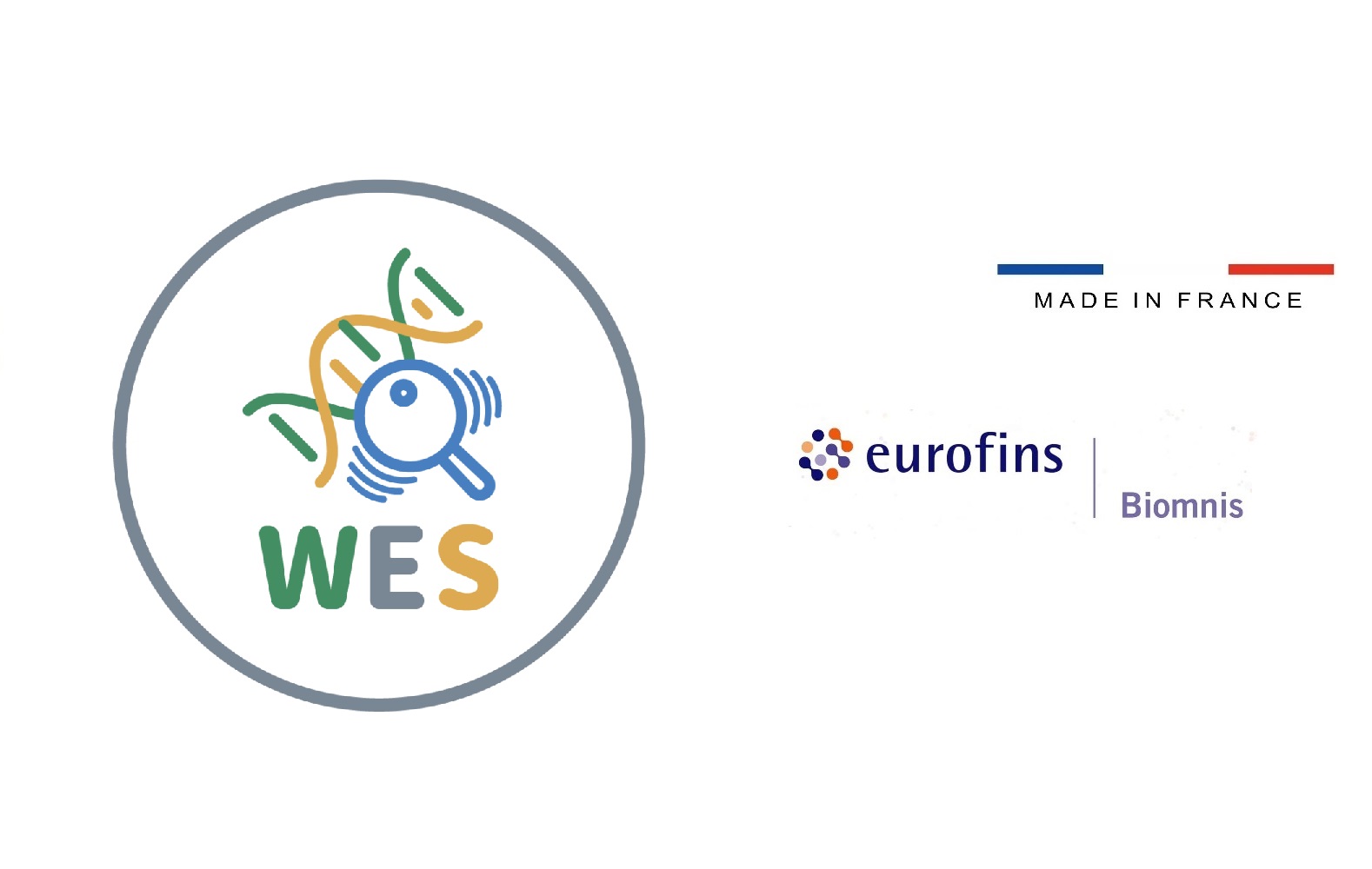Whole Exome Sequencing (WES) Guide: For Patients and Families

Your doctor or genetic counselor may have suggested that you undergo a test called Whole Exome Sequencing (WES). This guide is designed to help you learn more about WES. If you have any questions about the information in this guide, please consult your doctor or genetic counselor.
Genetics
In all humans, there are approximately 20,000 genes in almost every cell of our body; we inherit half of our genes from our mother and the other half from our father. Genes are the plans (or instructions) that control everything in our body, including our development, growth, and health.
Our genes are made up of DNA (deoxyribonucleic acid) and are organized into exons and introns. Exons are the coding regions of a gene; they contain the information used for the production of proteins necessary for normal growth, development, and organ function. Introns are the non-coding regions of a gene and usually contain important information about when during development (e.g., early pregnancy or adulthood) and in which part of the body (e.g., heart or brain) a gene should be used.
All of our genetic information, including introns and exons, is called the genome. Exons make up only a small portion of our total genetic information (about 1-2%). The term "exome" refers to only the exons.
The exome of every person is different from that of another person – this is what makes us unique! However, sometimes one or more genetic differences (genetic variants) can disrupt or alter the normal function of a gene. In these cases, these genetic variants lead to genetic diseases.
What is Whole Exome Sequencing (WES)?
Most of the genetic variants that cause genetic diseases are found in the exome. WES is a test that examines the genetic information contained in our 20,000 genes (and many of their exons) in a single test. This differs from other genetic tests that only examine one (or a few) genes at a time.
WES is performed using a specialized technology called next-generation sequencing (NGS). A DNA sample is collected from a blood or saliva sample. The patient's DNA is then compared to a reference sample (a "normal" sequence of human DNA), and any differences between the patient's DNA and the reference DNA are looked for. If differences are found, they are reviewed by expert laboratory geneticists and doctors.
Who Should Have WES?
WES can be done during pregnancy, childhood, or adulthood. It is typically done for one or more of the following reasons:
- Suspected genetic condition in you (or your child)
- Your symptoms (or your child’s symptoms) could be caused by multiple genes
- You (or your child) have a complex medical history affecting many organs and/or body systems
- You (or your child) have had previous genetic testing, but the results were normal
Who Should Not Have WES?
WES may not be ideal if there is a low likelihood of a genetic condition in you or your child, or if you or your child have a genetic condition that is known or likely to be caused by a single gene. To find out which test is right for you or your child, speak with your doctor or genetic counselor.
Why Should You Choose Eurofins Biomnis?
- 20 years of expertise in medical biology laboratory work in Lyon, France
- ISO 15189 accreditation
- Authorized to perform constitutional genetic tests
- Certified clinical pathologists and genetic specialists
- Mastery of sequencing techniques in diagnostic applications since 2014
- The only laboratory providing turnkey WES solutions without extra fees
Our WES Panels:
Extended oncogenetic panel including breast/ovary and prostate, digestive, pancreatic, kidney, skin, lung, and neuroendocrine panels (75 genes): ACD, APC, ATM, BAP1, BMPR1A, BRCA1, BRCA2, CDH1, CDK4, CDKN2A, CDKN2B, CHEK2, DLST, DNMT3A, EGFR, EGLN1, EGLN2, EPAS1, EPCAM, ERBB2, FH, FLCN, GOT2, HNF1B, HOXB13, LZTR1, MAX, MC1R, MDH2, MEN1, MERTK, MET, MITF, MLH1, MSH2, MSH6, MUTYH, NBN, NF1, NF2, PALB2, PBRM1, PMS2, POLD1, POLE, POT1, PRKN, PTCH1, PTCH2, PTEN, RAD51B, RAD51C, RAD51D, RET, RTEL1, SDHA, SDHAF2, SDHB, SDHC, SDHD, SETD2, SLC25A11, SMAD4, SMARCB1, STK11, STN1, SUFU, TERF2IP, TERT, TMEM127, TP53, TSC1, TSC2, VHL, WT1.
WES (Whole Exome Sequencing)